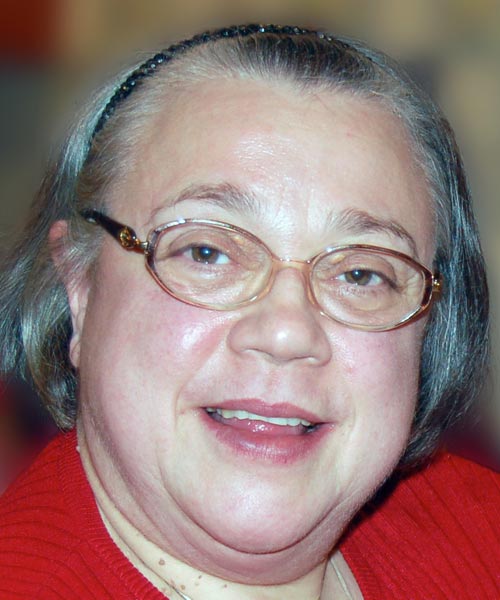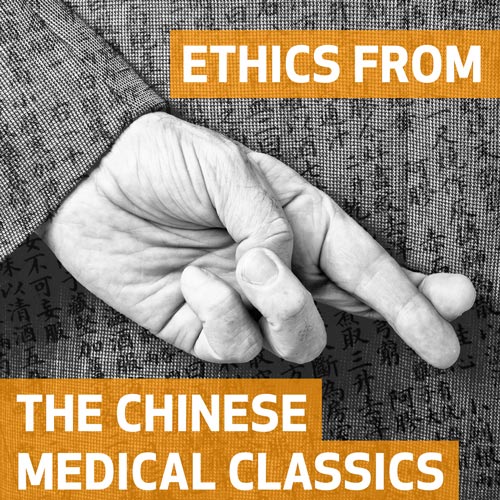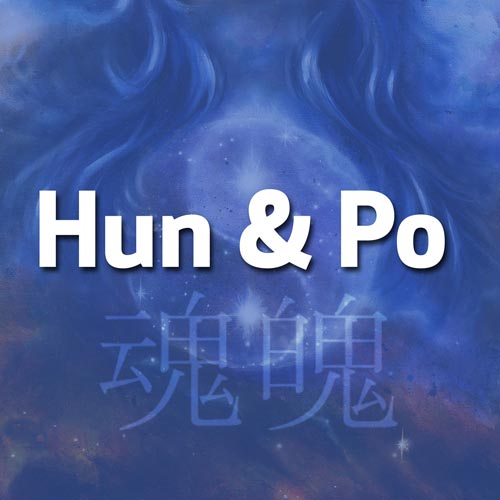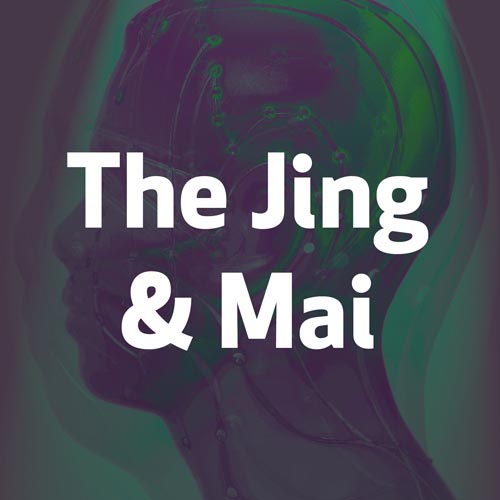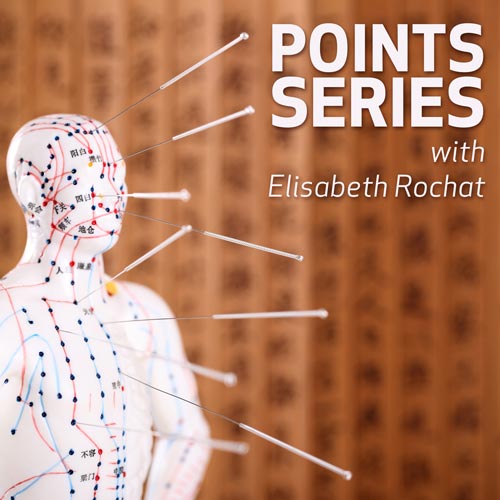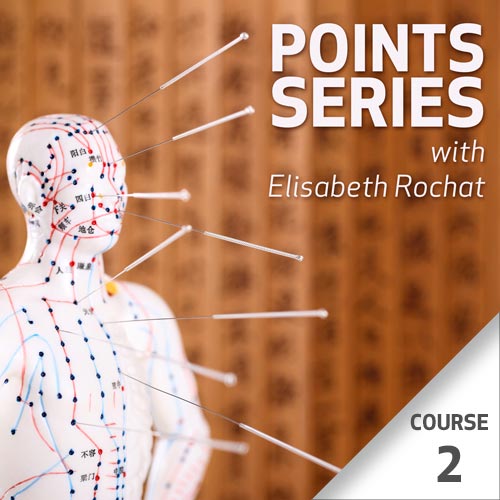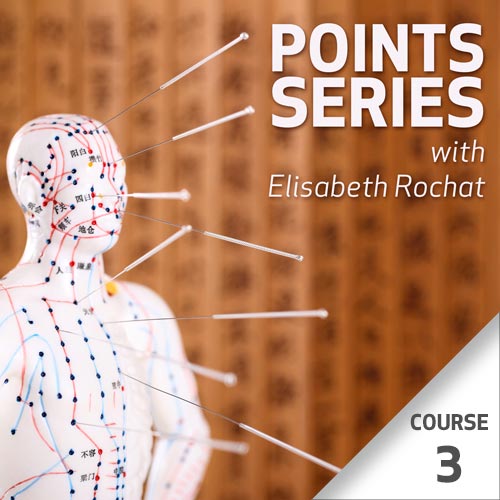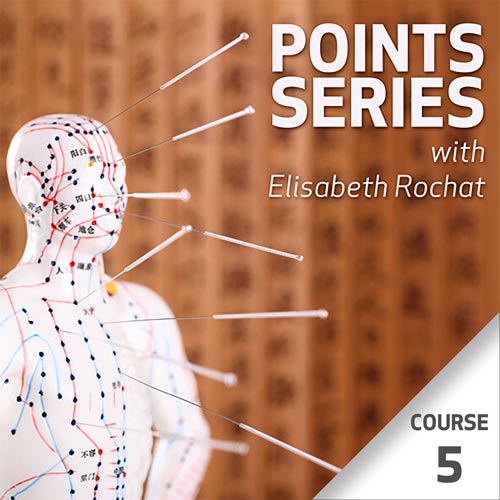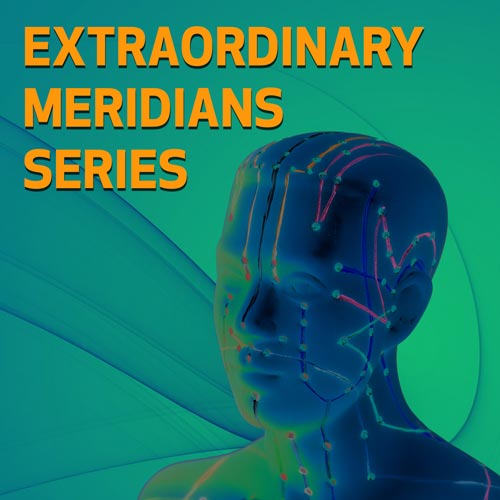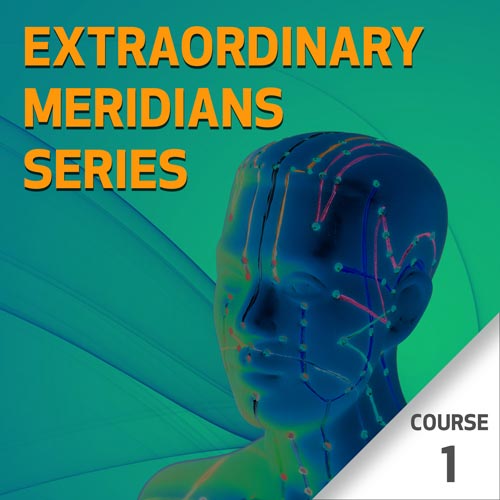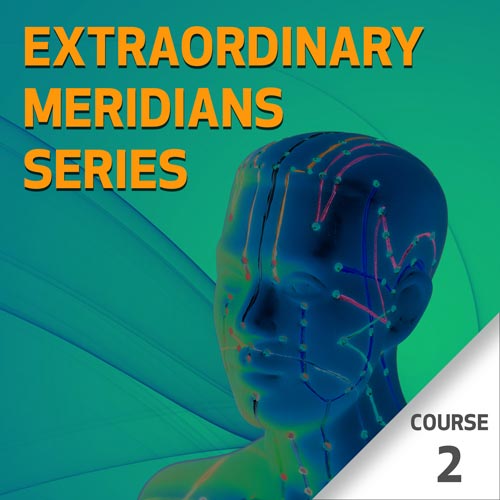Visão Geral Do Curso
This course will explore the point called Kun Lun (UB60). The goal of this webinar is to study this point in-depth and understand what symptoms are specific to it. Elisabeth Rochat de la Vallee will examine the Chinese name of this point using the Chinese characters to reach a deeper understanding of the point's function within the framework of the body, and provide a detailed study from both classical and medical literature.
The meaning of Kun Lun, its description in the medical classics, presentation, explanation of its therapeutic indications, relationship with other points, and common combinations are explored.
Objetivos
-
The student will study and understand the characters composing the name of the point.
-
The student will learn the meaning of the expression that forms these characters and its classical use, and application in medical texts.
-
The student will be able to describe the profile of the point and its functions.
-
The student will learn the possible functions and clinical patterns for the point.
-
The student will understand how associations with other points may be used in different clinical patterns
Descrição
0 hrs - 15 min
Introduction; meaning of the name, 'Kun Lun (UB60)' and study of the characters composing the name of the point.
15 min - 30 min
Study of the meaning of the expression that forms these characters and of its classical use, and in medical texts. Associated pathologies as referred to in Chinese medical text.
30 min - 45 min
Description of which movement of Qi the point will correct in relation to the meridians, and possibly to other meridians. Description of the point's profile, and its functions.
45 min - 1 hrs
Possible functions for the point. Clinical patterns for the point.
1 hrs - 1.5 hrs
Description of the main associations with other points for a number of different clinical patterns. Common questions that come up in regards to this point and use.
Testemunhos
-
Lisa A. (United States)
Adoro as informações históricas e a tradução dos caracteres chineses, bem como a variedade de funções do ponto e as várias relações que o ponto tem em conjunto com outros pontos. (Traduzido automaticamente da EN)
-
Jane O. (Canada)
Elisabeth é uma grande inspiração com seu considerável conhecimento e clareza. É um privilégio ouvi-la. (Traduzido automaticamente da EN)
-
Karen G. (United States of America)
Elisabeth de la Rochat é a grande mestra da teoria e história chinesas. É incrível aprender com ela. (Traduzido automaticamente da FR)
Testemunhos
Adoro as informações históricas e a tradução dos caracteres chineses, bem como a variedade de funções do ponto e as várias relações que o ponto tem em conjunto com outros pontos. (Traduzido automaticamente da EN)
Lisa A. (United States)
Elisabeth é uma grande inspiração com seu considerável conhecimento e clareza. É um privilégio ouvi-la. (Traduzido automaticamente da EN)
Jane O. (Canada)
Elisabeth de la Rochat é a grande mestra da teoria e história chinesas. É incrível aprender com ela. (Traduzido automaticamente da FR)
Karen G. (United States of America)
Professor
Elisabeth Rochat de la Vallée
TCM academic and historian, Elisabeth Rochat has specialized in both medical and philosophical Classics in her 40+ years career. She co-authored 'A Survey of Chinese Medicine' and continues to teach about the Classics of TCM internationally.
Aviso Legal
Please read these important disclaimers before purchasing:
...

